Kenya Schools Reopen Amid Funding Delays, Infrastructure Shortages
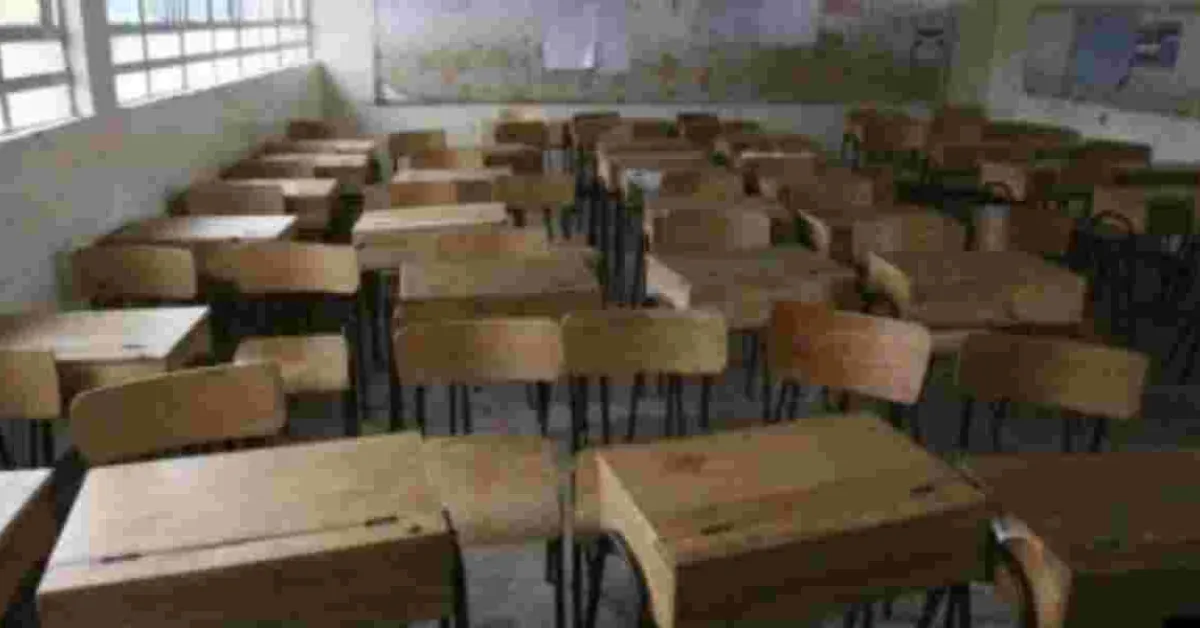
As millions of students across Kenya return to primary, junior, and secondary schools, the education sector faces significant hurdles that could impede the start of the new term.
Schools commence this academic year without the vital 50 percent capitation funding, a financial lifeline essential for their operations. Additionally, many institutions are unprepared to accommodate the new Grade 9 learners and are grappling with inadequate classroom space. Despite prior assurances from education authorities, the distribution of textbooks remains incomplete, leaving many students and parents scrambling for necessary learning materials.
Parents have reported challenges in purchasing textbooks at local bookstores, compounding their frustration. Schools have also been affected by the closure of boarding facilities in 348 institutions due to non-compliance with safety regulations, thus necessitating the transfer of students and heightening existing pressures in the education system.
In a bid to enhance health services for students, the government has instructed parents to register their children under the Taifa Care initiative, following President William Ruto's directive to replace the EduAfya medical insurance with the Social Health Insurance Fund. However, previous registration efforts have encountered significant obstacles.
Education Cabinet Secretary Julius Ogamba addressed these challenges in a recent statement, acknowledging a delay in disbursing capitation funds, which has left school administrators struggling to prepare for the influx of students. Ogamba assurea that the government remains committed to providing free and compulsory basic education, with Sh48.38 billion earmarked for capitation in the current academic year.
Yet, specific timelines for the fund’s disbursement remain unclear, as the Ministry of Education collaborates with the National Treasury to expedite the process. Earlier statements from Basic Education Principal Secretary Belio Kipsang suggests that funds would be available shortly to ensure a smooth commencement of the school year. The financial allocation includes Sh4.12 billion for Free Primary Education, Sh15.32 billion for Free Day Junior School Education, and Sh28.92 billion for Free Day Secondary School Education.
The capitation for Term Two is expected to be 30 percent of the total, with the remaining 20 percent allocated in Term Three. Furthermore, Ogamba notes that some schools may struggle to accommodate the inaugural Grade 9 cohort of the Competency-Based Curriculum (CBC) due to unfinished classroom construction. While approximately 93 percent of the 16,000 new classrooms intended for Grade 9 are completed, temporary measures—such as utilizing alternative spaces and merging classes—are being implemented for those still under construction.
This lack of infrastructure coincides with a teacher shortage that has persisted since the introduction of junior secondary schools in 2023. This year, schools are tasked with catering to three grades: Grades 7, 8, and 9. The Teachers Service Commission has recently recruited 20,000 contract teachers and 56,928 on permanent and pensionable terms, with plans to redeploy qualified primary school teachers to assist in junior secondary schools as needed.
Regarding school safety, Ogamba stresses the importance of adherence to the Safety Standards Manual for Schools in Kenya, with ongoing inspections conducted by education officials. Compounding the situation, the Ministry of Education continues to face challenges in the distribution of textbooks for Grade 9, with 9,926,618 textbooks dispatched thus far. Government-contracted publishers are expected to finalize distribution as schools reopen.
The academic year for Term One of 2025 will consist of 13 weeks, including a five-day mid-term break, with all schools scheduled to resume on January 6, 2025. Silas Obuhatsa, Chairperson of the National Parents Association, urges school administrators to comply with government fee guidelines, warning against unauthorized increases and additional levies.


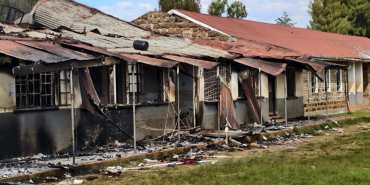

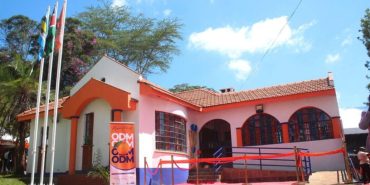


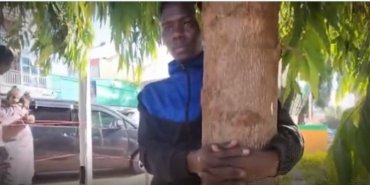

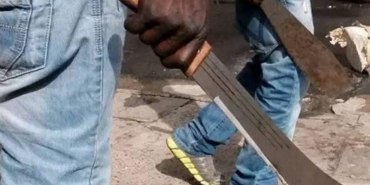



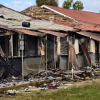
Add new comment